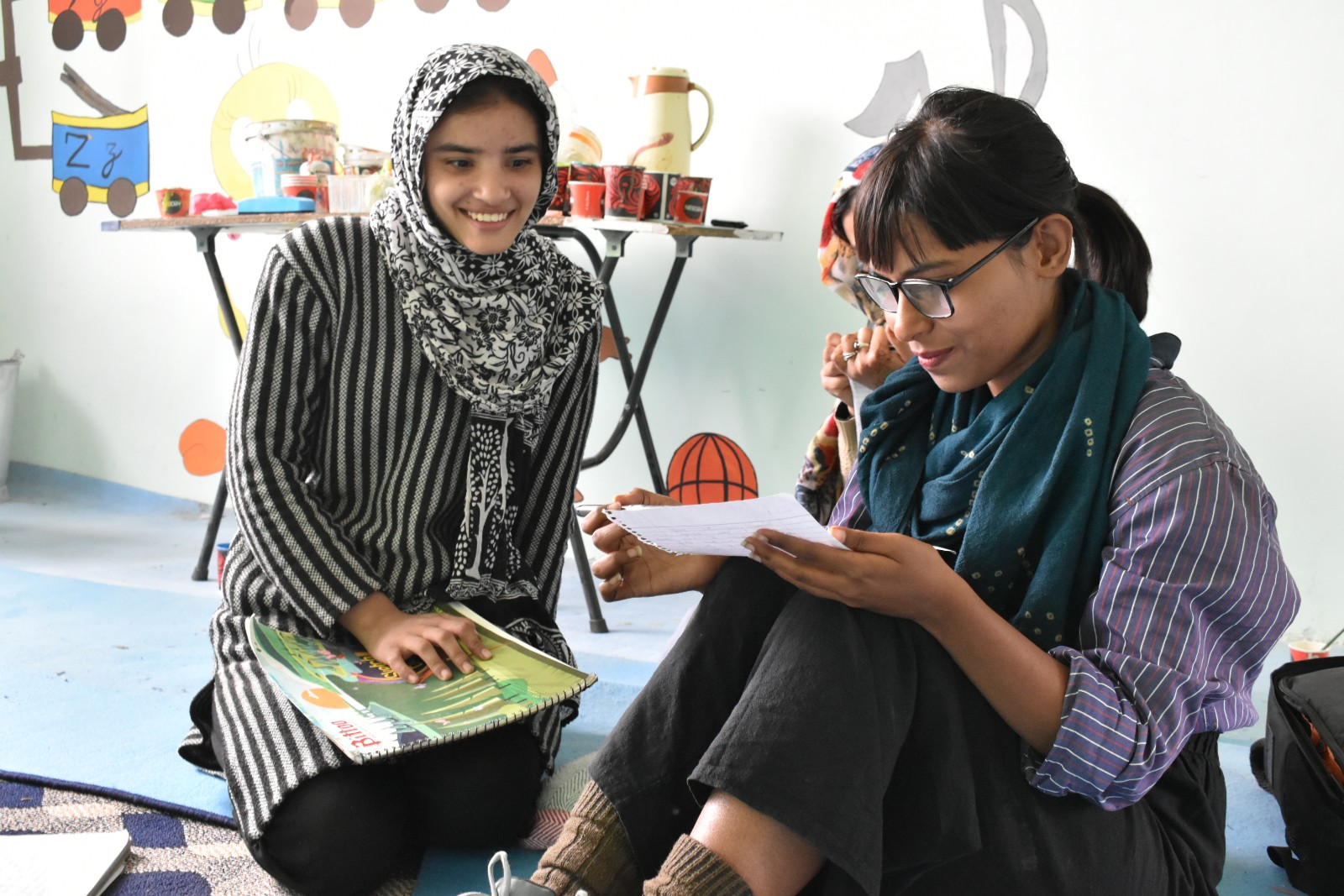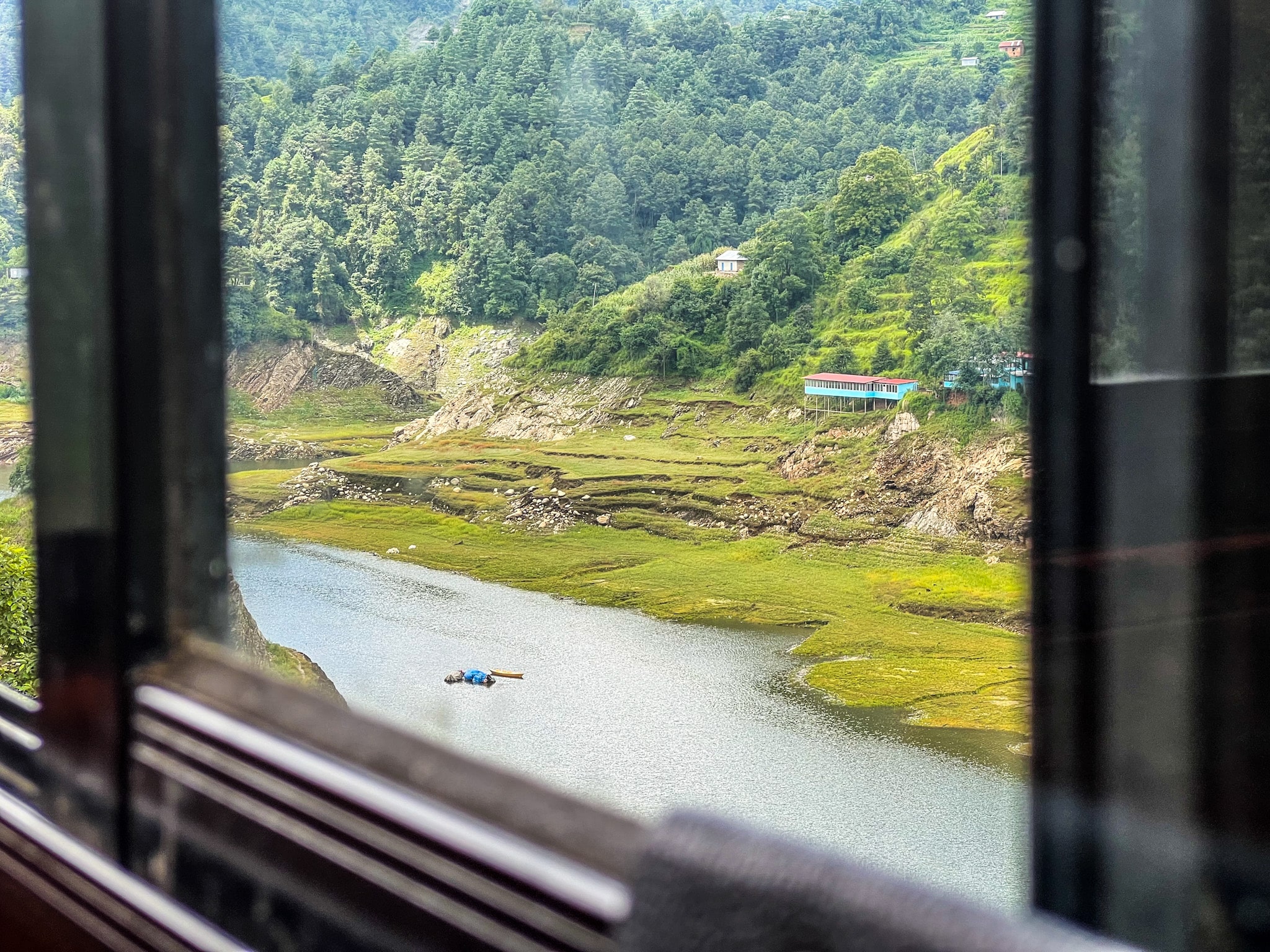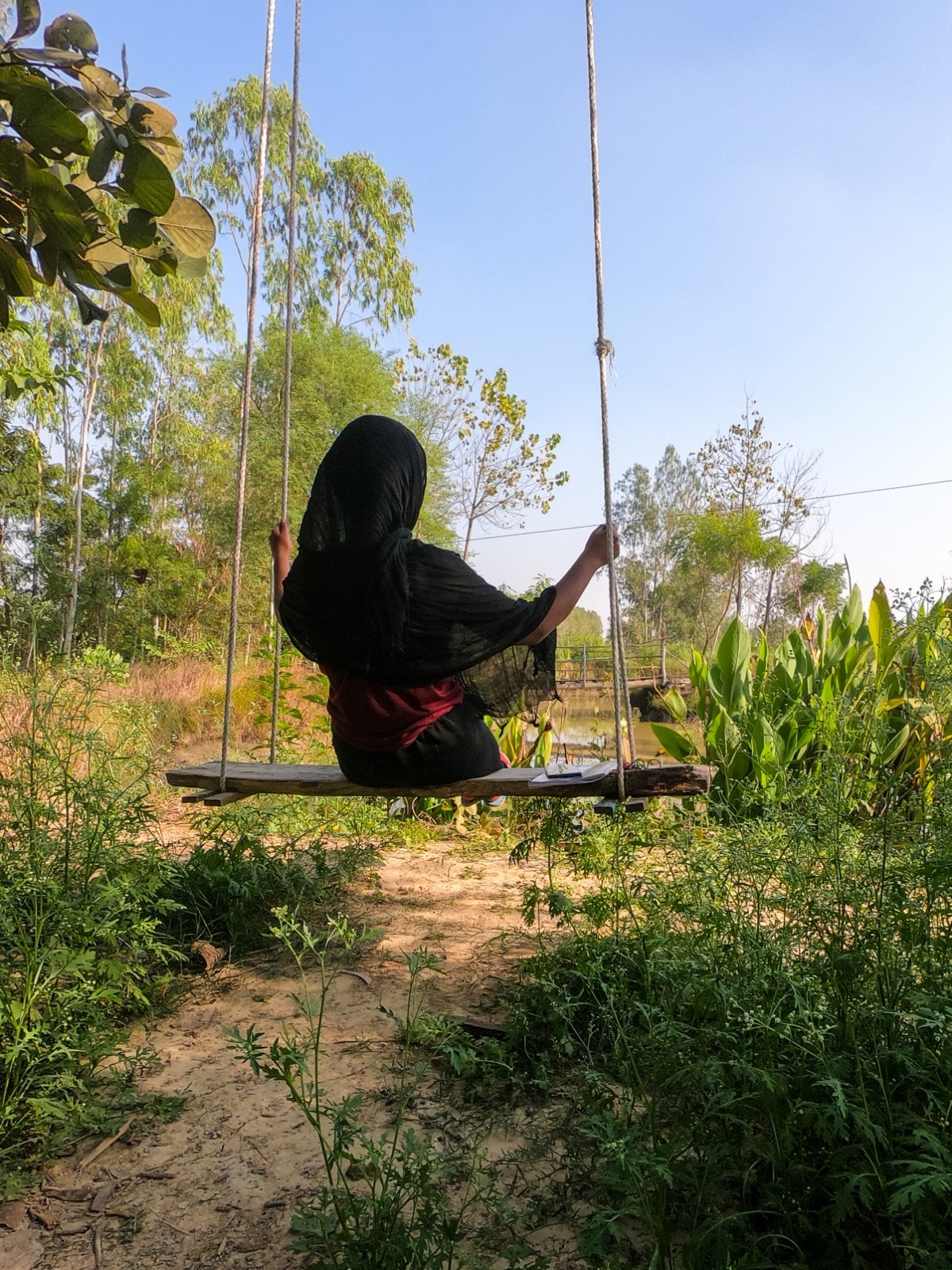Gaya Bihar – Where Buddha Attained Enlightenment
In Bodh Gaya, Gautam Buddha first achieved enlightenment. Mahabodhi Temple, monasteries at every corner, and Tibetan Refugee Market – Gaya is a Buddhist pilgrimage site in Bihar.
Why you should visit Gaya Bihar
Gaya, the second largest city on the banks of the Phalgu river in the Indian state of Bihar, is the most sought-after destination. The name is derived from ‘Gayasur’, the name of a demon whose body attained piousness on the face of the blessings from Lord Vishnu.
Pind-daan, a Hindu ritual, finds its roots here, from ancient times till today – the myth of how Lord Rama offered Pind-daan to the last rituals of his father Dasharath’s demise, praying for moksha of his soul in Gayapuri (then). The ancient Magadha region commemorated this place as a capital during the reign of the Gupta Emperor. Maurya, Gupta, Pala, Mughal, and the British successively articulate the historical encounters in this place.

Tourism in Bihar is subsumed within the locals as school picnics, weekend getaways, or subsequent strolls. Or else, international travellers from all over the world visit Bodh Gaya temple, Nalanda, or Vikramshila. But Bihar is visibly cut-off from the rest of India while making conscious travel decisions. Opulent of two World Heritage Sites (The Archeological site of Nalanda Mahavihara and Mahabodhi Temple Complex), it’s here in Bodh Gaya that Buddha attained enlightenment under the peepul tree known as ‘Bodhi Tree’. All the seven spots devouring seven weeks of meditative states of Buddha construe the Mahabodhi Temple Premise, constructed by Ashoka after 200 years.
The Rajgir-Nalanda stretch up to the ruins of Nalanda, as far as I could explore, bears distinctive hills and ruins and are well-deserving of more recognition.
Food in Bihar
Tilkut and Litti Chokha are two of the local food items to try on in Gaya Bihar. Sweets of different shapes and sizes, in boxes or without, mostly made of sesame seed and jaggery, are sold all over Bihar-Jharkhand-Uttar Pradesh.
Also read – Temples in the Eastern Indian State of Odisha
Night-Out at Gaya Junction

My first railway-station night-out, in Bihar!
Sandwiched between seven strange men in a dimly-lit grimy general compartment, I set foot on this notorious place at 2 am. Now, I have always consciously avoided hitting a new city after midnight, or more preferably, after sundown. But, this time, I really could not defer. And the only train available at that time from Varanasi was that one nocturnal something-Express! The men in the compartment were so over-conscious of me being the only woman that they kept a certain distance from me. I could sense no threat, or any mischief whatsoever. Even the rest of the night at Gaya Junction went by, with a cup of coffee in my hand, oddly determined not to fall asleep.
At 7:30 the next morning, I got picked up by an old friend back from my hometown and got viciously pampered by her family with all kinds of hospitality you can or cannot imagine, for two whole days.
Best Things to Do in Gaya, Bihar
Visit Mahabodhi Temple Complex – Temple in Bodh Gaya Bihar
Timings – 5 am – 12 pm, 4 pm – 9 pm
The Mahabodhi complex marks seven succinct places of Buddha in his meditative period; Bodhi Tree, Animesh Lochana Chaitanya Shrine, Cankamana, Ratnaghar Chaitya, Ajapala Nigrodh Tree, Muchalinda Lake, and Rajyatana Tree.
Mahabodhi – The Bodh Gaya Temple

A UNESCO World Heritage Site in Gaya Bihar, Mahabodhi Temple, is a Buddhist temple of worship; Lord Buddha’s abode of enlightenment. The temple was built by Ashoka after 200 years of the phenomenon of enlightenment, with his initiation of laying out Buddhism after wars and conquests. The small temple that Ashoka laid the foundation of, is now replaced by a new one around the Bodhi Tree in the Bodh Gaya Temple Complex.
Gold was granted by the King of Thailand, which contributed to the upper part of the temple. The original base of the structure was made of brick, and covered with stucco; not a durable base compared to stone.
Seven weeks at seven places.
Bodhi Tree
Bodhi Tree, the peepal tree under which Buddha reached the ultimate state of enlightenment in the first week, holds center stage in the Bodh Gaya Temple Complex in Gaya Bihar. During Siddhartha’s quest for answers, he spent three perennial days and nights on the banks of the Phalgu River under the tree (Read further on Buddha’s Enlightenment and the Bodhi tree in this article by Smart History).
Animesh Lochana Chaitanya Shrine
‘Animesh Lochana’ means ‘open eyes’. Lord Buddha devoted the second week of meditation to gazing at the Bodhi Tree without blinking. The shrine was named Animesh Lochana Chaitanya Shrine afterwards. The spot exhumes the teachings of focus and concentration and remembers a statue of Buddha with eyes wide open.

Cankamana
Cankamana, meaning ‘Cloister Walk’, was the cushion of Lord Buddha on the third week of meditation in Gaya. It was a state of walking up and down in contemplation. On the platform, lotuses indicate the eighteen steps where the lord’s feet rested while walking. It is considered to be a holy shrine, hallmarked by the carvings of Lord Buddha’s feet shaped in black stone lotuses.
Ratnaghar Chaitya
Ratnaghar Chaitya is where Buddha spent his fourth week, on the northeast side of the complex near the enclosure in Gaya Bihar.
Ajapala Nigrodh Tree
Buddha answered the questions of the Brahmins during the fifth week of meditation, under Ajapala Nigrodh Tree.
Muchalinda Lake
Muchalinda Lake, also known as ‘The Abode of Snake King’, is where Lord Buddha spent the sixth week in meditation in Gaya. While he was meditating, a severe thunderstorm broke out. To protect him from the violent wind and rain, Naagraj Muchalinda (Snake King) rushed in to provide safety to Lord Buddha.
Rajyatana Tree
The tree was planted later to celebrate the end of the meditative trance during his seventh week in the Temple Complex.
Also read – The Female Beedi-Workers in the Sundarbans
Admire The Great Buddha Statue in Gaya, Bihar

Buddha engrossed in a sitting tranquility, resting on a lotus; thus was constructed the 64-feet tall The Great Buddha Statue in Bodh Gaya Bihar. After seven years of intensive labour by 12,000 stonemasons, the gigantic statue was born in a combination of sandstone and red granite blocks. Five on each side, the sculptures of Buddha’s ten principal disciplines adorn the narrow entrance ending in one grand structure. It was founded by the 14th Dalai Lama, and this huge statue in Bihar is speculated to be the largest Buddha statue in India.
Explore the Tibetan Refugee Market
The Tibetan market is located adjacent to the Mahabodhi Temple Complex. Handicrafts, souvenirs, winter wear – a wide range of Tibetan showpieces make it a perfect place to shop in Gaya, Bihar.
A Day Trip to Nalanda-Rajgir from Gaya

The history of Nalanda goes back to the days of Mahavira and Buddha in the 6th century BC. It was the place of birth and nirvana of Sariputra, one of the disciples of Buddha. The place rose into prominence as a great monastic-cum-educational institution for Original Art and Learning in the whole Buddhist world. Their academic promise could attract students from distant countries like China. The galaxy of luminaries associated with it includes Nagarjuna, Dharmapala, Dharmakirti, and many Chinese travellers. They have described the monasteries and shrines and the life of monks at Nalanda. Various subjects like theology, logic, astronomy, philosophy, and medicine were addressed here. This institution in Bihar was maintained by the revenue collected from the villages bestowed specifically for the purpose of the contemporary rulers. And Nalanda is a bus-ride away from Bodh Gaya.
Nalanda Mahavihara, regarded as one of the greatest universities of the ancient world, was founded by Kumaragupta of the Great Gupta Dynasty. King Harshavardhan of Kannauj and the Pala kings of East India continued to extend patronage to this center in Bihar. The gradual collapse of this great institution started in the later Pala period, but the final blow came in around 1200 AD, with the invasion of Bakhtiyar Khilji.
Located near Bodh Gaya Bihar, in Nalanda, excavations have exposed the extensive remains of six brick temples and eleven monasteries arranged on a systematic layout and spread over an area of more than a square kilometer. A passage runs north-south with the row of temples on the west and that of the monasteries on the east. The dimensions and disposition of rooms within monasteries are almost identical.
Also read – ‘Vintage Village’ in Uttar Pradesh Will Take You to Rural India
Monasteries All Over Bodh Gaya

On every corner, on every street, you will come across monasteries, sometimes two or three in a line. Thai Monastery, Royal Bhutan Monastery, Chinese Temple, Indosan Nippon Japanese Temple, Vietnamese Temple, Burmese Vihara Monastery, and Daijokyo Buddhist Temple on the streets of Gaya; to name a few.
Where to stay in Gaya
Budget Accomodations
Private Rooms
Also read – A Local Perspective on the ‘City of Joy’ Kolkata
How to Reach Gaya, Bihar
By train – Gaya Junction in Bihar has direct Train Services from New Delhi, Howrah, and Mumbai. It is about 1100 Km away from New Delhi and 450 Km away from Kolkata (Howrah Junction). Altogether Four Rajdhani Express Trains apart from other Super-Fast trains take you directly from Delhi to Gaya.

By bus – GT Road connects this town to the major cities of North India. It is well connected with Ranchi, Jamshedpur, Raurkela, Hazaribagh, Kolkata, Varanasi, Allahabad, Kanpur, Delhi, and Amritsar.
By flight – Gaya has its own international airport and is connected with the major cities of India. It is also connected with cities like Colombo, Bangkok, Singapore, and Paro. One can get down at Patna airport too and hire taxis or buses or board a train to reach your destination. There are direct flights from Delhi to Gaya.
If you have enjoyed reading about Gaya Bihar, click here to find all the places to visit in Gaya on Google Maps.
Have you visited this iconic place Gaya in Bihar?
Follow all my solo adventures on YouTube, Instagram and Patreon.




Leave a Reply